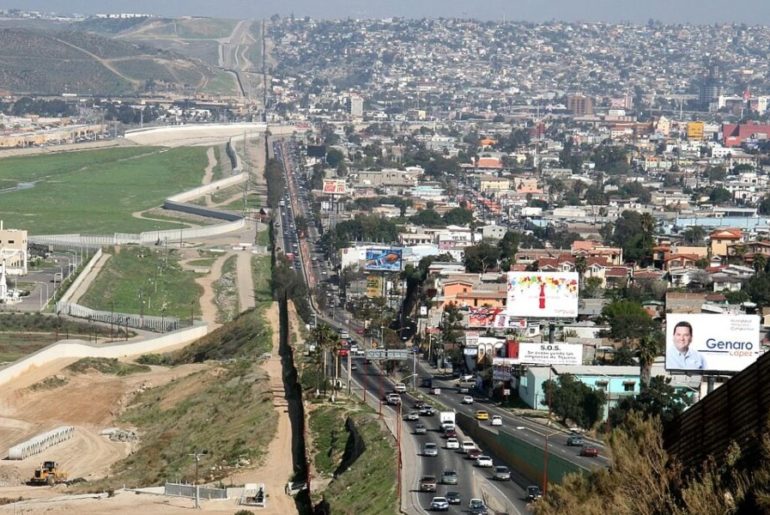“Those two percent are not going to make America great again, that I can tell you,” President Donald Trump declared at an event last January, referring to his perception on the likelihood of asylum seekers to show up to court for their immigration proceedings. It wasn’t the first time Trump and his officials invoked the image of immigrants and refugees as criminals looking to skirt U.S. immigration courts to remain in the country.
The trend of the Trump Administration claiming that asylum seekers do not show up to their court hearings has endured since he took office, but data has shown that from 2013 to 2017, 92 percent of asylum seekers returned for their court hearings on average. And that number slipped only slightly in 2018 to 89 percent.
Trump’s figures miss the reality mark: new data from last year shows that 99 percent of non-detained asylum seekers showed up for their immigration hearings. And in 2019 the US saw a record number of asylum cases filed, according to Syracuse University’s immigration records data tracker.
Asylum seekers wait three years on average for a court hearing. Once they’re granted an asylee status and have lived in the US for a year, asylees can obtain a social security card and apply for permanent residence. The Trump Administration has significantly expanded the detention of asylum seekers who are in the process of obtaining their legal status.
“What we have seen, unlike any other administration, is a series of measures that are interlocking,” Muzaffar Chishti, director of the Migration Policy Institute’s office at New York University School of Law told Vox. “When you look at the combination of these interlocking mechanisms, we have essentially revised — some people would say gutted — our modern asylum system as we know it.”
Trump also implemented the so-called “Remain in Mexico” policy, which requires migrants and asylum seekers crossing into the US through the southern border to wait in Mexico until their case is heard in court, which creates both logistical difficulties and safety concerns for those individuals as they wait to appear in court. The Trump administration is pleased with its detention practices and continues to boast about keeping migrants in detention centers and not releasing them. Nonetheless, the detention of asylum seekers also proves to be a massive strain on funding. Studies show that detention costs the US government $1.4 billion despite cost-effective and compassionate alternatives. Detaining asylees awaiting their trial does not impact the nearly 100 percent rate of asylees showing up for their court hearings and proceedings.

